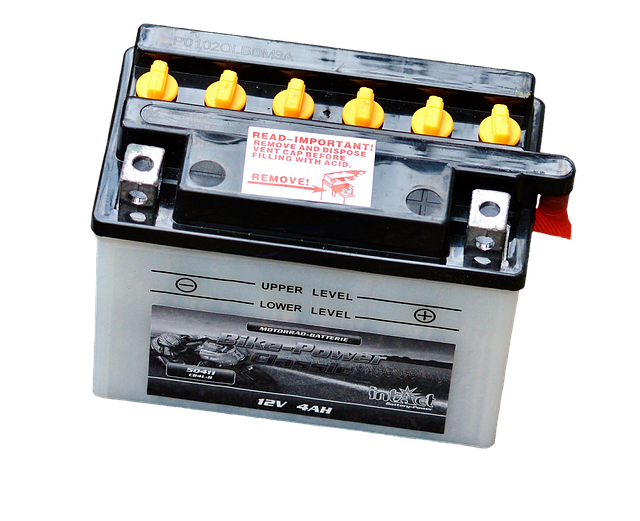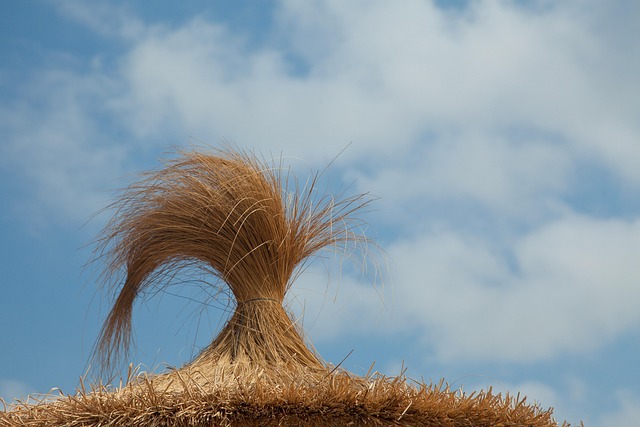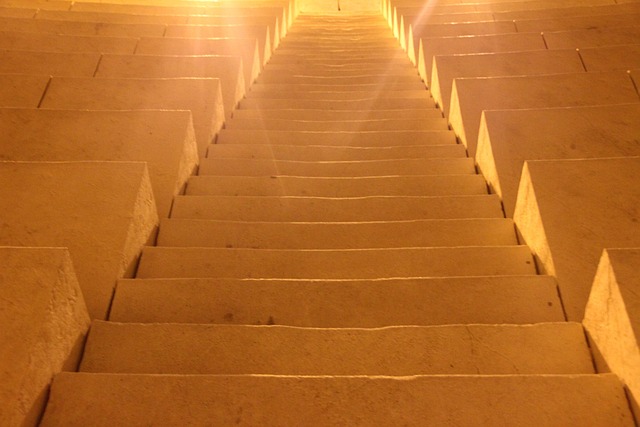Glue Laminated Beams (GLulam) offer exceptional Durability of Glue Laminated Beams due to a specialized adhesive bonding process that enhances structural integrity. They resist rot, insect damage, and warping, ensuring long-term load-bearing capacity and environmental resistance. Regular maintenance, including inspections and prompt issue resolution, is crucial for preserving their superior strength and longevity in construction applications like bridges.
Achieving lasting structural integrity is paramount in construction, especially when prioritizing durability. This article offers expert advice on enhancing the longevity of your structures through key strategies. We explore the foundational role of understanding glue laminated beams and their exceptional durability. Additionally, we delve into selecting robust adhesives, considering design elements for optimal strength, and implementing regular maintenance routines. By embracing these practices, you can ensure your constructions stand the test of time.
- Understanding Glue Laminated Beams: The Foundation of Durability
- Choosing the Right Adhesives for Longevity
- Design Considerations for Structural Soundness
- Regular Maintenance: Ensuring Continuous Integrity
Understanding Glue Laminated Beams: The Foundation of Durability
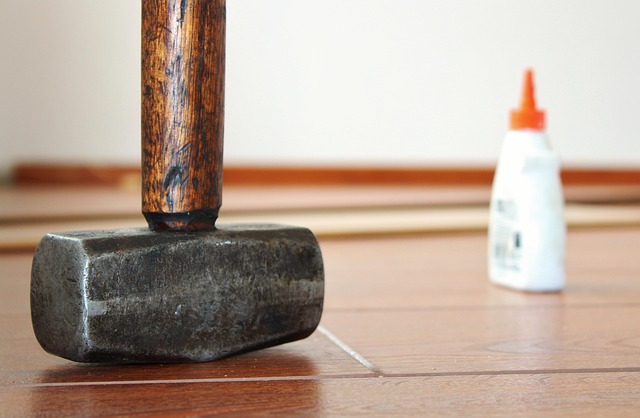
Glue Laminated Beams (glulam) are an engineered wood product known for their exceptional durability and strength, making them a preferred choice in construction for over a century. The foundation of their longevity lies in the bonding process—a sophisticated application of adhesives that joins multiple layers of timber together. This intricate design creates a beam with superior structural integrity, capable of spanning considerable distances while bearing heavy loads.
The durability of glulam beams is not just about their strength; it’s also about resilience against environmental factors. Properly designed and installed glulam beams can withstand extreme weather conditions, including high winds and heavy snowfall, without compromising their structural integrity. This longevity is further enhanced by adhering to design standards and codes, such as those set by the American Forest & Paper Association (AFPA), ensuring optimal performance. Visit us at 18 Clifton St, Unadilla, NY 13849 anytime to learn more about how glulam beam design standards and codes contribute to their remarkable longevity.
Choosing the Right Adhesives for Longevity
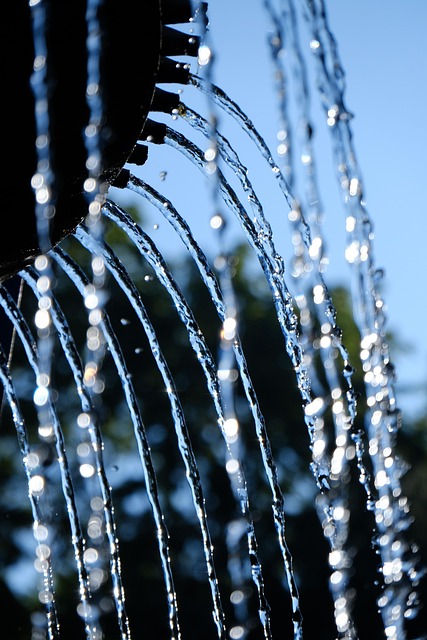
When it comes to achieving lasting structural integrity, especially in construction projects that involve wooden beams, the choice of adhesives is paramount. Glue laminated beams, known for their superior strength and durability compared to traditional plywood, demand a specific type of adhesive to ensure their longevity.
Selecting the right adhesive for glue laminated beams is crucial for maintaining their structural integrity over time. Unlike general-purpose glues, structural adhesives are designed to withstand heavy loads, resist moisture, and provide long-term bonding strength. This ensures that the glulam beams, which are already renowned for their durability compared to engineered wood beams, remain robust and reliable throughout their service life. For more insights on maintaining glue laminated structural elements, visit us at unalam.com.
Design Considerations for Structural Soundness
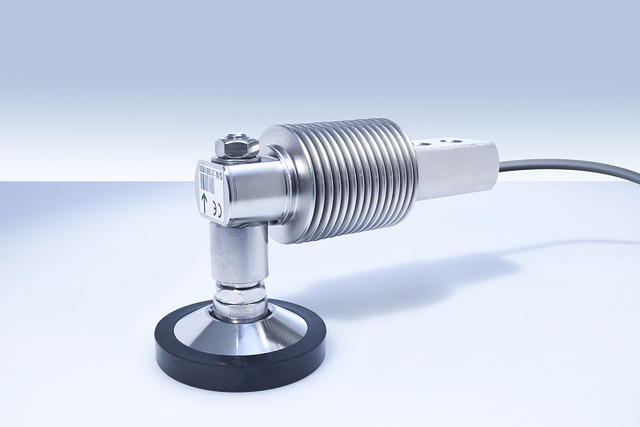
When designing structures that require lasting structural integrity, considerations for glulam beams should be at the forefront. Glue Laminated Beams (GLulam) offer exceptional durability and strength, making them a preferred choice in various construction applications, including bridges. The unique manufacturing process of GLulam involves laminating multiple layers of wood, binding them together with strong adhesives, resulting in an incredibly robust material. This construction method ensures that glulam beams can withstand extreme loads and environmental conditions, contributing to the overall structural soundness of a building or bridge.
One key advantage of GLulam is its longevity, which makes it a cost-effective option in the long run. Unlike traditional solid wood beams, GLulam is less prone to rot, insect damage, and warping, reducing maintenance needs. Proper design considerations include understanding when to replace glulam beams based on structural assessments rather than just visual inspections. For instance, engineers should consider factors like load-bearing capacity, exposure to elements, and regular maintenance checks to determine the optimal lifespan of these beams. Contact us at (607) 369-9341 for expert advice tailored to your specific project needs regarding glulam beam advantages in bridge construction and their diverse applications in building design.
Regular Maintenance: Ensuring Continuous Integrity

Regular maintenance plays a pivotal role in preserving the durability of Glue Laminated Beams (GLulam). This long-lasting construction material, renowned for its strength and versatility, requires periodic inspection to ensure it remains in optimal condition over time. By implementing a structured maintenance routine, engineers can identify potential issues early on, preventing minor problems from escalating into significant structural concerns.
A comprehensive GLulam beam selection guide for engineers should emphasize the importance of regular care. This includes cleaning, inspecting for signs of damage or decay, and promptly addressing any identified vulnerabilities. Proper maintenance not only extends the service life of these beams but also ensures they maintain their superior strength and durability, making them a reliable choice for various construction projects. For expert guidance tailored to your needs, give us a call at (607) 369-9341.
By understanding the fundamentals of glue laminating beams, selecting high-quality adhesives, incorporating thoughtful design elements, and implementing regular maintenance routines, you can achieve exceptional lasting structural integrity. These expert tips ensure the durability of glue laminates, making them a superior choice for any construction project aiming for long-term strength and stability.

